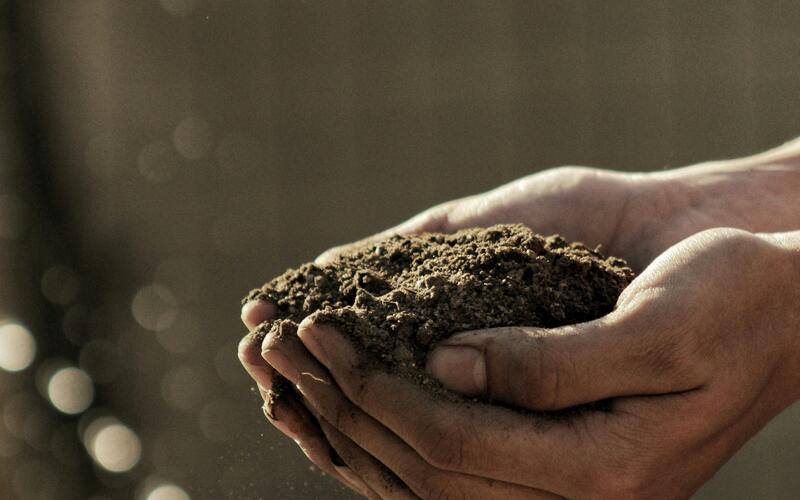Underneath food systems: Human reattachment to the soil in an urban sprawl

Underneath food systems: Human reattachment to the soil in an urban sprawl
In a city, when you leave your house in the morning, you probably encounter pavement, high-rise structures, debris, masses of people, and cars—but barely any nature. Residing in urban spaces has imposed distance between humans and soil. However, intentional reconnection with nature can shift values and attitudes toward agriculture.
Scheromm, P., & Javelle, A. (2022). Gardening in an urban farm: a way to reconnect citizens with the soil. Urban Forestry & Urban Greening, 72, 127590. 10.1016/ j.ufug.2022.127590
[1] Calderón Farfán, J. C., Dussán Chaux, J. D., & Arias Torres, D. (2021). Food autonomy: decolonial perspectives for Indigenous health and buen vivir. Global Health Promotion, 28(3), 50–58. https://doi.org/10.1177/1757975920984206
Global urbanization has decreased the quality and frequency of contact a person has with soil over their lifetime. Even when city dwellers encounter soil on the sidewalk, packed tightly around a thin tree, the soil is often artificially placed. While functionally similar, this artificial soil doesn’t bring humans any closer to the soil. While one’s proximity to soil varies globally, knowledge of the surrounding environment is crucial for maintaining the Earth’s health in the coming years.
A recent study published in Urban Forestry & Urban Greening explored the disconnection of urban society from nature. To do so, researchers analyzed the urban farm Oasis Citadine in Montpellier, France. Oasis Citadine’s practices are based on ideas of permaculture, and its stated mission is “ecological transition challenged to create resilient human ecosystems.” The authors conducted qualitative interviews at this farm to explore the relationship between its gardeners and soil. The authors sought to understand how each gardener perceived the soil, what specific aspects of the soil they mentioned, and any predictions gardeners had about the future of human-soil interactions.
The results of the study illustrated that the gardeners still connected with the farm amidst the urban sprawl. The gardeners emphasized soil fertility over plant products in their work. This shift in focus from plants to soil health ultimately increased the farm’s production outputs. The authors also found that many gardeners volunteered to work on the farm to connect with nature while in the city and to reclaim their food autonomy. The volunteer gardeners stated that their perception of the soil changed when they started working at Oasis Citadine. They began to grasp the complexities of soil and the life within it. The interviews also revealed a consensus around soil being extremely functional without human interaction. The study concluded that sustainable cities should be built around connections to healthy soil and natural landscapes. This requires restructuring humans’ relationships to nature in urban environments.
The world is ever increasingly urbanizing. Creating green space is crucial to connecting humans and the environment. The association between humans and soil within the Oasis Citadine illustrates a balanced relationship without human dominance. If the dominant mindset continues molding human relationships with nature, resource exploitation, and climate impacts will surely accelerate. Stewardship needs to improve between humans and nature, especially in urban areas. This improvement will allow the progress of environmental knowledge, protection, and literacy for generations.
